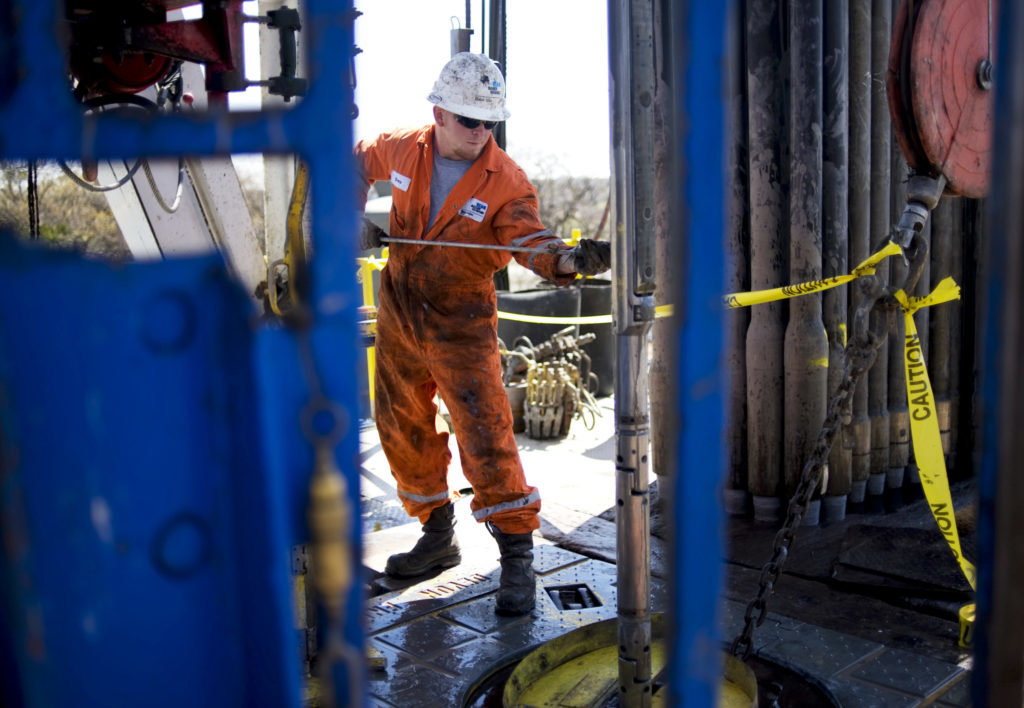
The number of rigs drilling for oil and gas in the U.S. fell by two last week, but continued growth in Texas kept a much larger dip from occurring.
Buoyed by five rigs added to West Texas’ booming Permian Basin, Texas’ rig count increased by six active drilling rigs, according to weekly data collected by Baker Hughes, a GE company.
Oklahoma, Ohio and Alaska all lost multiple rigs, created the nationwide net decline. The overall rig count dipped by two down to 1,053 active rigs. The tally of rigs primarily drilling for oil fell by one down to 866, and one miscellaneous rig was taken offline as well.
Out of the 866 rigs seeking oil, well more than half of them – 488 – are situated in the Permian that also extends into New Mexico.
Because of pipeline shortages in West Texas, many companies are continuing to drill Permian wells while leaving more of them uncompleted for the time being until new pipelines come online.
The total count is up from an all-time low of 404 rigs in May 2016.
South Texas’ Eagle Ford shale added one rig for the week. The Eagle Ford remains the next most active area after the Permian with 79 rigs, and then Oklahoma’s Cana-Woodford shale with 60 rigs. Texas is home to 531 rigs overall – more than half of the nation’s total – while Oklahoma is second with 136 rigs. New Mexico is next with 99 rigs.
With this week’s dip, the oil rig count is down 46 percent from its peak of 1,609 in October 2014, before oil prices began plummeting. However, rigs today are able to drill more wells than before and to deeper depths to produce more oil and gas. That’s largely why the U.S. is producing record volumes of both crude oil and natural gas.
This article first appeared on the Houston Chronicle – an Energy Voice content partner. For more from the Houston Chronicle click here.